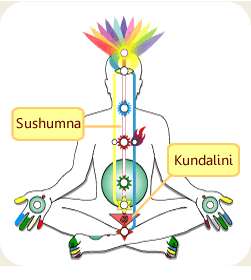|
Advayataraka Upanishad
''Advayataraka Upanishad'' is an ancient Sanskrit text and a minor Upanishad of Hinduism. It is one of the 19 Upanishads attached to the ''Shukla Yajurveda''. It is classified as a Yoga Upanishad. The Upanishad is notable for its discussion of Guru (teacher). The text discusses three goals of introspection, Taraka yoga and the nondual nature of Reality (Brahman). The text also includes verses on Raja yoga, and Kundalini Tantra. The Upanishad also states that maya or illusion is the reason for the "differentiation" of the living from God. It is listed 53 in the serial order of the Muktika enumerated by Rama to Hanuman in the modern era anthology of 108 Upanishads. The text is also known as ''Advaya Taraka Upanishad'' and ''Advayatarakopanishad''. Nomenclature Advayataraka is a composite Sanskrit word, consisting of ''advaya'' () which means "nondual, identity, unity, not two, without a second", and ''tāraka'' () which means literally "star, pupil of the eye" and figuratively "d ... [...More Info...] [...Related Items...] OR: [Wikipedia] [Google] [Baidu] |
Guru
Guru ( sa, गुरु, IAST: ''guru;'' Pali'': garu'') is a Sanskrit term for a "mentor, guide, expert, or master" of certain knowledge or field. In pan-Indian traditions, a guru is more than a teacher: traditionally, the guru is a reverential figure to the disciple (or '' shisya'' in Sanskrit, literally ''seeker f knowledge or truth'' or student, with the guru serving as a "counselor, who helps mold values, shares experiential knowledge as much as literal knowledge, an exemplar in life, an inspirational source and who helps in the spiritual evolution of a student". Whatever language it is written in, Judith Simmer-Brown explains that a tantric spiritual text is often codified in an obscure twilight language so that it cannot be understood by anyone without the verbal explanation of a qualified teacher, the guru. A guru is also one's spiritual guide, who helps one to discover the same potentialities that the ''guru'' has already realized. The oldest references to the concep ... [...More Info...] [...Related Items...] OR: [Wikipedia] [Google] [Baidu] |

